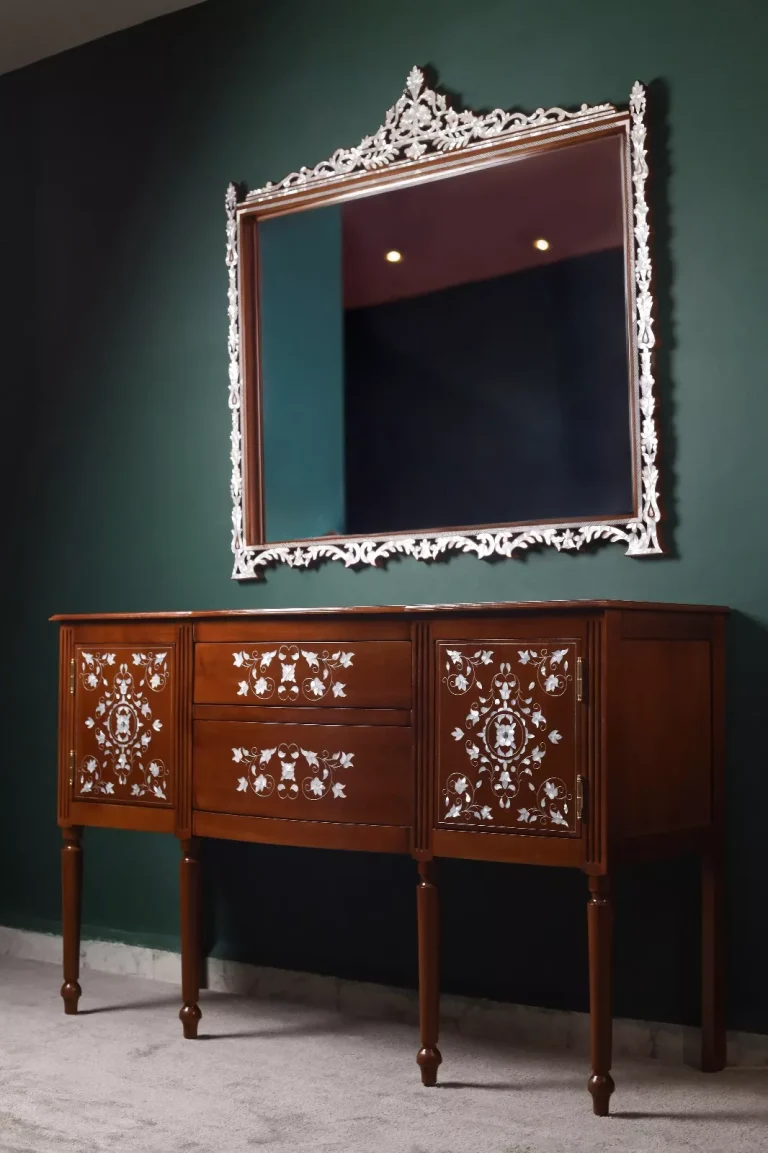Mosaic around the word: Mosaic world & history of the arts
(the history of the arts amazing)
To talk about mosaic world, we must return to the origin and the history of this art

The history of mosaic world amazing
If we ask about the history of “Mosaic”, we will get various answers, and it is usually said that its history dates back 150 years or to 700 years, and there is also competition for those who invented the art and manufacture of “Mosaic”.
The mosaic world and history is huge but if we go back to the oldest history, we will find that this art dates back to the end of the Stone Age and the beginning of the copper era.
The discovered utensils from the period of “Half” carried the seeds of engineering and plant decoration and combined them in one topic.
A person did not have the tools and materials, but he possessed the desire to express his idea and his vision of the mosaic world through artistic abstraction, moving away from the diagnosis that represents the forms of identical objects to be expressed.

If we look carefully and accurately to the above image, which dates back about 7,000 years
The maker of this piece was able to use the accurate account to divide the circumference of the circle into 70 equal parts, and divide the area of the circle into seven belts surrounding the chamomile flower.
The number seven is a sacred number, as well as chamomile flower, it is a symbol of goodness, and compared to most pieces of contemporary Damascene “mosaic”, we will find that it does not move away from this design, as it occupies the rose that took an engineering shape in the center of the middle and then surrounded by several decorative shapes.
We cannot attribute this art as it is rumored to the period of the Doe or to the so -made manufacturer.
Also, many of the craftsmen introduced him a lot of additions, starting from the copper era by mixing wood or marble with gemstones with one work, up to the Damascene “mosaic”, which represents the peak of the hump of this art that began sacred and carries divine symbols for its makers, through the decorations Assyrian.
Next station around the mosaic world is turkey

Returning to the past when the mosaic craft began and its development began to leave Syria to Turkey at the time of the Ottoman Empire. The two craftsmen were brought from all over the world to Turkey in order to decorate the palaces with these art pieces set with pearls
The effects of mosaic remained in Turkey, specifically in the old city, Zigma, with an area of 20,000 square kilometers in the Nizbley region of the city of Gaziantep in southern Turkey. It was built by the Great Alexandria, the first of behavior, and the date of its establishment dates back to 300 BC.
It is noteworthy that the city at the beginning of its founding was known as its founder, Celvkosia, but with the control of the Roman Empire over the city changed its name to “Zigma”, which means “the bridge”. There are a large number of artistic mosaic pieces and giant paintings.
The Mosaic plate at the Hatay Archaeological City Museum won the title of the largest mosaic board in the world, with a dimension of 3 thousand and 500 square meters, bypassing the dimensions of the Mosaic board in the Gaziantep City Museum, which was the largest mosaic painting in the mosaic world.

The restoration official at the Hatay Archaeological Museum, Jalaluddin Kochuk, spoke about the great interest in the museum, despite the opening of only half of it until now.
mosaic world art has evolved a lot since those days and has become craftsmen to develop new forms and tools for engraving on them



